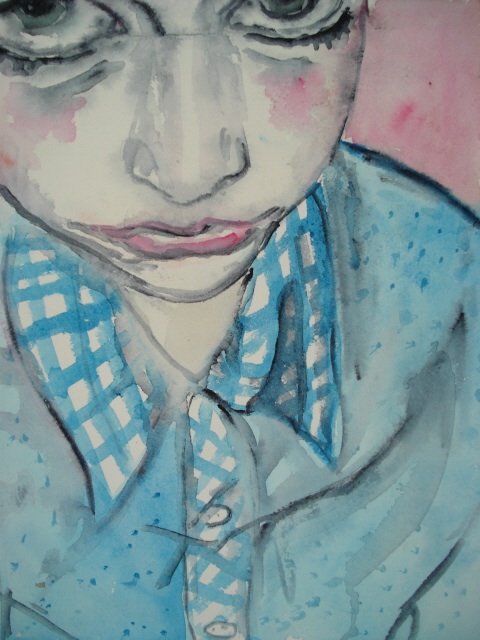 Shop Now!!
Shop Now!!at AMAZON.
xx
Edward Steichen (1879–1973) is one of the most important figures in the history of photography. During his career he was renowned as an artist, fashion photographer, curator, writer, and technical innovator. He was also a passionate advocate for photography as an art form, and led an aesthetic revolution that enabled photography to be considered as a medium capable of interpretation and expression.
Steichen took up photography at the age of sixteen, he was self-taught. In his early career he was associated with a style known as Pictorialism. The Pictorialists felt that the aesthetic promise of photography lay in an emulation of painting. His early work produced thereby "painterly" soft-focus effects.
In 1905 he founded the famous Little Galleries of the Photo Secession at 291 Fifth Avenue in New York (later the 291 Gallery) to promote photography as an art form. Steichen soon came under the spell of the new art movements with their abstract geometries, he gradually abandoned his Pictorialism in favor of straight photography with a strong sense of design and clean, uncluttered images and compositions. Steichen went on to command the photographic division of the U.S. Expeditionary Forces in World War I, and to direct the Naval Photographic Institute in World War II. During the 1920s and 1930s he worked as a commercial photographer for Condé Nast publications including Vogue and Vanity Fair, and from 1947–1962 he was Director of the Department of Photography at the Museum of Modern Art in New York.
xx






No comments:
Post a Comment